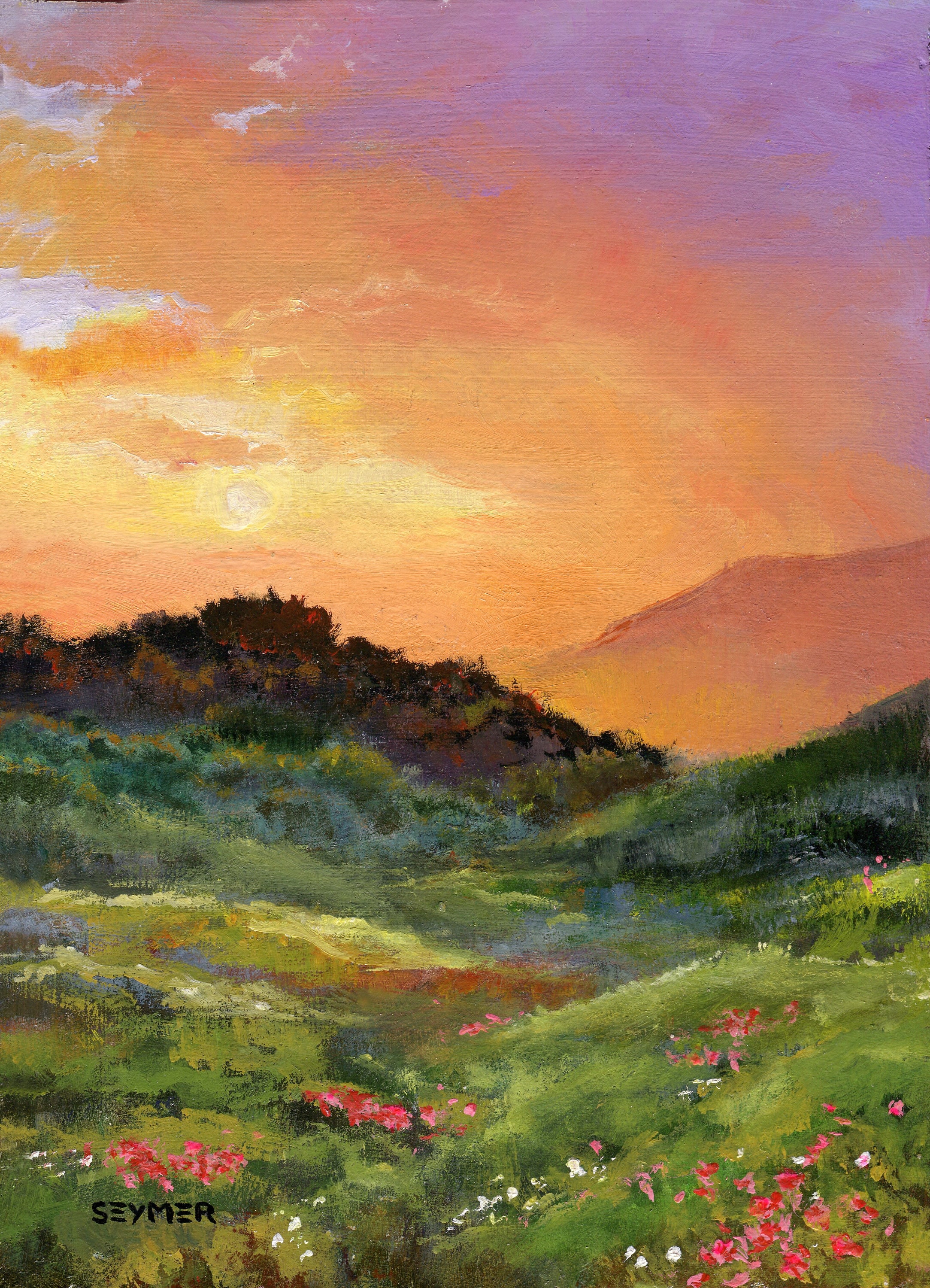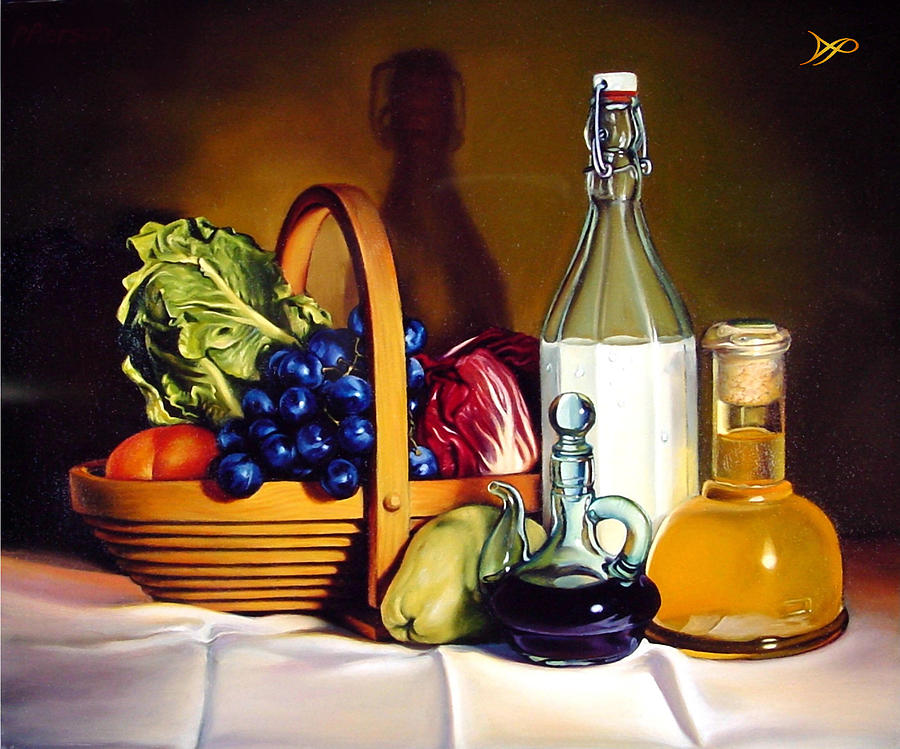Creative Home Art Ideas with Oil Paintings for Sale
Creative Home Art Ideas with Oil Paintings for Sale
Blog Article
Discovering Everything About Oil Paints: An Overview to Comprehending Their Charm and Value
Oil paintings have actually astounded target markets for centuries, supplying a look into the artistic mastery of numerous periods. Their abundant background is linked with ingenious techniques and profound psychological expression. Recognizing the materials and methods behind these artworks can boost appreciation. Furthermore, the market for oil paintings presents opportunities for capitalists and collection agencies alike. As one explores this remarkable globe, the question emerges: what makes an oil paint really important?
The Background of Oil Painting: A Journey With Time
Although oil painting has origins that date back to ancient times, it absolutely thrived during the Renaissance, when musicians discovered its adaptability and abundant shade potential. Early examples can be mapped to the 7th century, with methods evolving significantly across societies. The medium came to be prominent in Northern Europe in the 15th century, specifically through the jobs of artists like Jan van Eyck, who spearheaded its usage for in-depth realistic look and dynamic tones. This period noted a separation from tempera paints, enabling for better depth and structure. As oil paint spread, it affected countless artists, leading to work of arts by popular numbers such as Leonardo da Vinci and Rembrandt. The tool's legacy continues, forming the art globe well right into modern times.
Recognizing Oil Paints: Products and Techniques
As artists check out the world of oil paints, they run into a diverse array of materials and methods that specify this tool. The key components of oil paint include pigments, which supply shade, and drying out oils, such as linseed, that bind the pigments and help with application. Numerous ingredients can change the paint's texture and drying time, enhancing adaptability. Strategies like glazing, where clear layers are accumulated, and impasto, which includes using thick paint, permit for various aesthetic results. In addition, making use of brushes, palette knives, and even fingers can create distinct structures and coatings. Understanding these materials and techniques enables artists to completely share their creative thinking and attain the wanted influence in their art work.
The Duty of Shade in Oil Paints
Shade plays a crucial duty in oil paintings, influencing both aesthetic charm and emotional vibration. Comprehending color theory basics, consisting of the connections in between shades, can enhance an artist's capacity to communicate mood and environment. Furthermore, mastering shade mixing methods permits better depth and splendor in a paint's scheme.

Shade Theory Basics
Recognizing shade concept is necessary for artists working with oil paints, as it creates the foundation for producing visually interesting and unified structures. Color theory incorporates the research study of exactly how colors interact, the color wheel, and the partnerships in between main, secondary, and tertiary shades. Artists make use of complementary shades to improve contrasts and create focal factors, while comparable colors advertise unity and cohesiveness within a piece. In addition, the ideas of warm and trendy colors influence the understanding of depth and room in a paint. Understanding these concepts allows musicians to manipulate color effectively, assisting the viewer's eye and communicating their designated message. Proficiency of color theory ultimately improves a musician's capability to convey feelings and ideas with their work.
Psychological Impact of Shade
The emotional effect of shade in oil paintings plays an important duty in how visitors connect and view with art work. Colors stimulate particular sensations and state of minds, influencing the viewer's mood. For instance, cozy hues like oranges and reds can create a sense of heat and energy, while trendy tones such as blues and greens commonly evoke calmness or self-questioning. Artists tactically select color combinations to boost narrative elements, directing the target market's psychological trip. The saturation and contrast of shades even more enhance these effects, drawing attention and creating focus. Inevitably, the interaction of colors in oil paintings not just boosts their visual charm however additionally works as a powerful medium for emotional expression, enriching the audience's experience and interpretation.
Color Mixing Techniques
While many aspects of oil paint add to the total structure, grasping color blending techniques is important for achieving preferred results and depth. Shade mixing can be approached with numerous methods, consisting of the additive and subtractive processes. Additive mixing involves combining shades of light, while subtractive blending depends on pigments, where colors blend to create new shades. Artists typically utilize a limited palette to produce unified works, recognizing the connections between main, secondary, and tertiary shades. Techniques such as glazing and scumbling even more enhance deepness and luminance. By masterfully mixing shades, a musician can evoke feelings, develop centerpieces, and accomplish a feeling of realistic look, ultimately elevating the paint's psychological and visual effect.
Famous Oil Painters and Their Iconic Functions

Famous for their proficiency of shade and strategy, oil painters have developed some of the most renowned artworks in history. Prominent musicians like Vincent van Gogh captivated target markets with his stirring brushwork in "Starry Evening," while Claude Monet's "Perception, Sunrise" laid the groundwork for Impressionism. Leonardo da Vinci's "Mona Lisa" stays a long-lasting sign of artistic wizard, showcasing his skill in recording human expression. On the other hand, Rembrandt's "The Night Watch" highlights his ingenious use light and darkness. Other significant figures include Pablo Picasso, who transformed modern-day art with his strong trial and error in jobs like "Les Demoiselles d'Avignon," and Georgia O'Keeffe, whose vibrant representations of flowers and landscapes assisted specify American innovation. Each musician's distinct style contributed significantly to the oil painting landscape.
How to Evaluate the Top Quality of an Oil Painting
Reviewing the high quality of an oil painting entails a mindful assessment of workmanship methods, as well as an analysis of shade and structure. Observing brushwork, layering, and the application of paint can disclose the artist's ability degree. In addition, the interaction of colors and the total plan of aspects add considerably to the paint's aesthetic worth.
Examining Workmanship Strategies
A meticulous assessment of craftsmanship techniques is important for establishing the top quality of an oil painting. Critics should initially take a look at the application of paint; thick, distinctive brushstrokes may suggest an experienced hand, while overly consistent applications could suggest an absence of deepness. oil paintings for sale. The layering technique is also important; the existence of lusters and varied density can boost brightness and intricacy. Furthermore, the quality of the products made use of, such as the canvas and pigments, plays a significant role in sturdiness and total visual. Attention to detail in components like edges and shifts in between colors reflects the artist's dedication to their craft. Ultimately, these methods add to the paint's emotional effect and market price, functioning as indications of the artist's skill and intent
Examining Shade and Make-up
While examining the quality of an oil painting, one should concentrate on the interaction of shade and make-up, as these aspects are basic to the artwork's overall influence. Color options can evoke feelings and develop mood; consequently, the musician's palette must be analyzed for harmony and comparison. A well-balanced make-up directs the visitor's eye and produces a feeling of unity. Artists typically utilize techniques like the guideline of thirds or leading lines to boost aesthetic passion. Furthermore, the usage of light and darkness can include deepness, improving the three-dimensionality of the painting. Inevitably, a successful oil paint marries shade and structure, engaging the viewer and welcoming a deeper appreciation of the musician's vision and technique.
Caring for and Preserving Oil Paintings
Correct care and preservation of oil paintings is vital for preserving their honesty and longevity. To protect these artworks, it is vital to show them away from straight sunshine, which can cause fading and staining. Preserving a stable atmosphere with controlled temperature level and moisture additional aids in avoiding damage. Cleaning need to be done delicately using a soft, completely dry fabric, avoiding any kind of rough chemicals that could damage the paint or varnish. Routine examinations for indicators of wear and tear, such as flaking or cracking, are advisable. When transporting or saving oil paintings, proper cushioning and framing are needed to stay clear of physical damage. Ultimately, thorough care contributes to the aesthetic appeal and worth of oil paintings gradually.
The Market for Oil Paintings: Investing and gathering
Comprehending the marketplace dynamics for oil paints is necessary for capitalists and collectors alike. The worth of these artworks is influenced by different factors, including the musician's reputation, historical relevance, and existing trends. Collection agencies often seek items that reverberate personally while thinking about prospective admiration in value. Auctions and galleries work as key places for trading, with costs varying based on demand and rarity. Spending in oil paints calls for study right into the market, along with an understanding of authenticity and provenance. Additionally, emerging musicians may get more info supply opportunities for considerable returns, while developed names can command high costs. Overall, a calculated approach to gathering can generate both visual pleasure and financial rewards.

Often Asked Inquiries
What Are the Environmental Effects of Oil Paint Products?
The ecological impacts of oil painting materials include the launch of unpredictable natural substances (VOCs), hazardous waste generation, and resource extraction for pigments. These aspects contribute to air pollution and environmental degradation, increasing concerns amongst environmentally mindful artists and consumers.
How Do Different Canvases Influence Oil Painting Outcomes?
Various canvases affect oil paint results significantly. Absorbency, surface area, and structure top quality can modify paint application, drying out times, and shade vibrancy. Musicians typically select details canvases to attain preferred effects and boost their artistic expression.
Can Oil Paintings Be Recovered if Harmed?
If harmed, Oil paints can indeed be recovered. Specialist conservators make use of different strategies to fix splits, tidy surfaces, and address staining, ensuring that the artwork keeps its initial beauty and worth for future generations.
What Are the Indicators of an Original Oil Paint?
The indications of an initial oil paint include visible brush strokes, structure variants, and an irregular canvas weave (oil paintings for sale). In addition, authenticity might be validated with provenance, signatures, and the presence of a varnish layer unique to oil tools
Just How Has Modern Technology Influenced Modern Oil Painting Techniques?
Innovation has actually significantly influenced contemporary oil painting methods by introducing electronic tools for preparation, boosted products for structure and longevity, and online platforms for marketing and sharing art, consequently expanding musicians' creative opportunities and target market reach. Oil paint has roots that date back to ancient times, it absolutely thrived throughout the Renaissance, when artists found its versatility and rich shade potential. The psychological impact of color in oil paints plays a vital role in exactly how visitors attach and perceive with artwork. While several aspects of oil painting add to the total composition, understanding color blending techniques is important for attaining desired results and depth. Reviewing the quality of an oil paint entails a mindful analysis of workmanship strategies, as well as an evaluation of color and make-up. While assessing the quality of an oil paint, one must concentrate on the interplay of shade and structure, as these components are essential to the art work's general impact.
Report this page